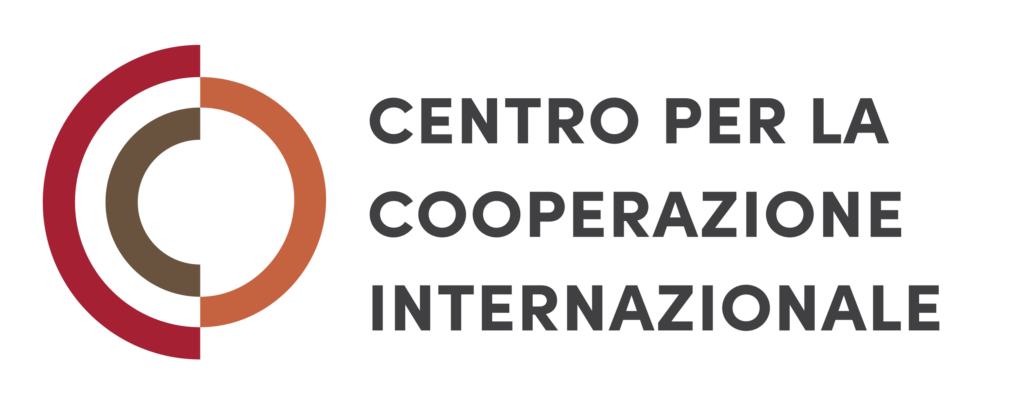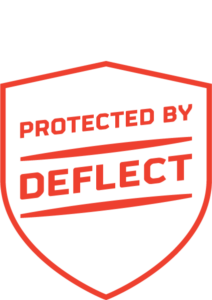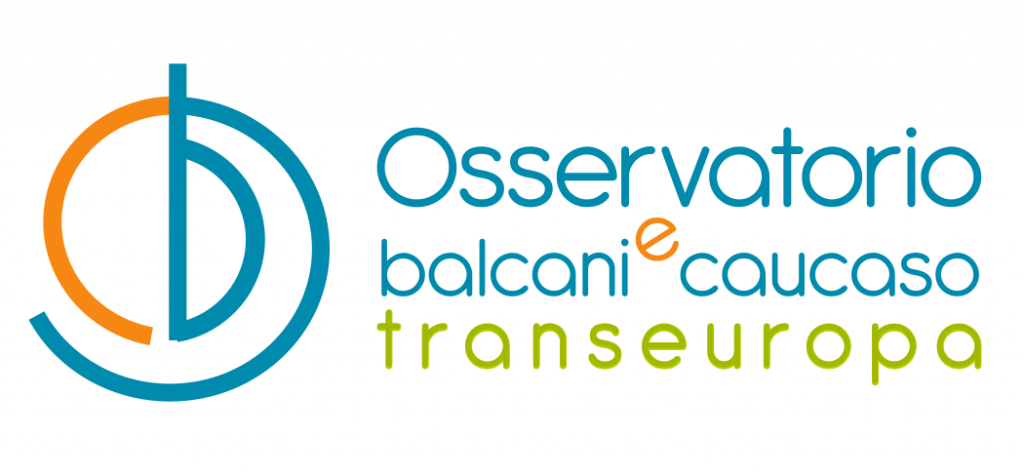Adriatic Sea, a neglected cradle of biodiversity
The Adriatic and Ionian Seas protect only 3.4% of their waters, compared to a European average of 10.8%. Experts call for coordinated action by the ten countries of the basin to combat overfishing and mass tourism

Mare-Adriatico-culla-incustodita-di-biodiversita-1
Adriatic coast of Trieste - Photo M. Abbà
Of the nearly 500,000 square kilometers of the Adriatic-Ionian Macroregion, only 3.4% of total marine area is protected. This percentage – the result of the “effort” of all ten countries involved (Albania, Bosnia and Herzegovina, Croatia, Greece, Italy, Montenegro, North Macedonia, Serbia, Slovenia and San Marino) – is approximately three times lower than the average of the European seas (10.8%) and far below international standards.
This negative record – also evident within the Mediterranean itself, precisely in the area considered the “cradle” of so many unique species that inhabit it – is worrying and, above all, represents a challenge for the countries in the region, individually, but also all together, because marine protected areas can cross national borders.
Three certain threats, three possible solutions
Two Slovenian researchers, Andrej Sovinc and Anja Kržič from NaravaNarave , have summarized the fragility of the Adriatic basin and attempted to identify the three main threats and three priorities for action.
A staunch supporter of “no-take zones” where any activity that could alter the environment is prohibited, Sovinc primarily blames intensive fishing and maritime transport, but also tourism. He cites as a prime example the stretch of sea from Istria to Trieste, where “marine natural resources are being destroyed at a rapid pace, depriving the sea of biodiversity”.
Expressing concern about the future consequences of the current tourism boom, Sovinc believes that “countries like Italy, Greece, Croatia, and now most likely Montenegro, which are declaring exclusive economic zones (EEZ), can and should transform them into environmentally exclusive zones as well”.
According to Sovinc, this is a good opportunity to gain a few more square kilometers of protected marine area, while also keeping in mind the responsibilities of the remaining countries that are part of the EU Strategy for the Adriatic-Ionian Region (EUSAIR).
“It is necessary – explains Sovinc – to extend the areas to protect some species of great biodiversity value, still threatened by human activities, and to act along the lines indicated by the UN Convention on Biological Diversity , also with regard to the sea”.
Adriatic alliances to avoid leaving “gaps”
The Slovenian researcher believes that, to assess the effectiveness of marine protection initiatives, it is better to focus on individual actions and their coherence with the contexts in which they are implemented, “regardless of their national or supranational nature”.
Recalling the excellent results achieved with the Jabuka/Pomo Pit protected area , between Italy and Croatia, Sauro Pari is instead convinced that supranational marine protected areas are essential and, as he maintains, will become increasingly so.
As founder and president of the Cetacea Foundation , Pari hopes for a future expansion of the above-mentioned initiative.
“The most difficult area to protect is precisely that outside national borders, where anyone can go fishing. Only supranational marine protected areas could curb the overexploitation of fish resources, which has now reached industrial levels, as a consequence of a now distorted market”.
A supranational approach could also prove useful from a scientific perspective, as has already happened in the past with some experiences from which Pari has drawn important lessons. One example is a project dedicated to marine noise pollution.
“It is very important to use the same parameters so we can conduct a single analysis on both coasts”, explains Pari. “The project is progressing and, thanks to the consistency of the data, we hope to demonstrate that noise pollution has common roots and that harmonised regulations are therefore needed”.
A fragile and neglected beauty
Faced with an Adriatic Sea hostage to overfishing, overshipping and overtourism, Cataldo Pierri, a researcher and professor of zoology at the University of Bari, focuses on the disparity between marine protected areas on the two shores.
“On the other shore, there are over thirty marine protected areas, while in Italy there are only four, moreover in a context highly exploited by fishing fleets and at the center of major offshore wind projects”, explains Pierri.
“This reveals a profound ecological ignorance of the functioning of the sea, especially in our country. Ours is an ecology of beauty: we protect the sea only in places that are beautiful for divers”.
Unfortunately, the Adriatic has fewer such places than other seas, largely due to its conformation, which, on the other hand, makes it “one of the most productive areas in the entire Mediterranean”.
Pierri lists several reasons why the Adriatic Sea is both special and fragile, including the presence of counterclockwise currents and its nutrient-rich waters. The unfortunate thing is that its shallow depth exacerbates the effects of marine exploitation and rising temperatures linked to the climate crisis.
“Every part of it is exploitable for any type of fishing activity and is more sensitive to climate variations, demonstrating a reduced capacity of native species to adapt to the advantage of non-native ones”, points out Pierri.
The researcher then focuses again on marine protected areas, explaining that the Adriatic marine ecosystem, almost unique in the world, favors the movement of species.
“If we want to preserve marine species, we must protect all the areas they frequent during their biological cycle, whether they are small fish, turtles, dolphins or sharks. Otherwise, we will end up with incomplete projects”.
United we protect: the SAMESEA challenge
Ensuring the protection of the Adriatic would mean ensuring the protection of the biodiversity of the entire Mediterranean basin. Most experts on both shores are convinced of this, so it is conceivable that one day this homogeneity of opinion will translate into a spontaneous increase in shared protected square kilometers.
The issue is currently being addressed by several Interreg IPA Adrion projects, such as SAMESEA , aimed at fostering collaboration between marine professionals on both shores to pave the way for more sustainable management of marine sentinel species and the human activities that impact them.
The entire project is based on a transnational approach: all resources – be they studies, guidelines or strategies – are shared during the design phase so that they can become a shared asset even during implementation.
This publication is produced in the context of the project Cohesion4Climate, co-funded by the European Union. It also draws on the research activities supported by the project The contribution of Communities of Practice for the European Integration of the Balkansco-funded by the Italian Ministry of Foreign Affairs and International Cooperation.
Tag: Cohesion for Climate | CoP-CET









